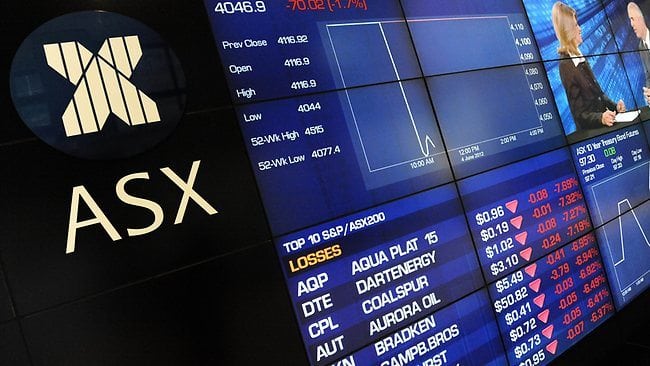Women own less than 40% of super assets: ASFA
The share of superannuation assets held by women has plateaued over the past four years according to Australian Bureau of Statistics (ABS) data exclusively compiled for the Association of Superannuation Funds of Australia (ASFA).
Women now hold 36.4% of Australia’s superannuation assets but this number has remained steady in the four years to financial year 2013/2014. Women have also experienced a lesser percentage increase than men in average balance at the time of retirement, with the average balance for men increasing by 48.5% over the two years to 2013/14 compared to 31.6% for women.
ASFA chief executive Pauline Vamos said this reflected the different work patterns and earnings levels of men and women in their pre-retirement years.
“Even though account balances are increasing overall for women, the statistics still show that men are more likely to have superannuation than women, and also that men on average have a higher account balance. In many cases, broken work patterns and lower average wages still impede on women’s ability to save for retirement,” Vamos said.
Average superannuation balances have increased for both men and women according to the ABS data.
The average balances in 2013/2014 for all persons aged 15 and over were $98,535 for men and $54,916 for women. This is about a 20% increase from two years’ prior where average balances were $82,615 and $44,866 for men and women respectively.
Average superannuation balances at the time of retirement have also increased, to $292,500 for men and $138,150 for women in 2013/2014 from $197,000 and $105,000 respectively in 2011/2012.
Vamos said gender disparity in superannuation balances is now on the agenda, and the next step is for government, employers and individuals to take action.
“ASFA has proposed a number of options for improving the economic security of women in retirement, including raising and broadening the Superannuation Guarantee, retaining the Low Income Superannuation Contribution Scheme and amending annual contribution caps to enable people with broken working patterns to ‘catch up’ their superannuation contributions,” Vamos said.
For individuals in their early 30s, average balances rose to $36,400 for men and $25,550 for women in 2013/2014, almost two times the average balances of $20,000 for men and $14,000 for women two years earlier.
According to the ASFA Retirement Standard, a single person will need a minimum of $545,000 in superannuation at retirement to live a comfortable lifestyle. This is assuming that they will draw down all of their capital over the duration of retirement, and that they will receive a part Age Pension.












